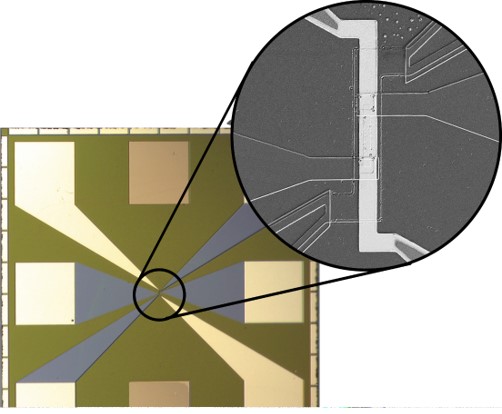Showing 1 to 15 of 2075 results
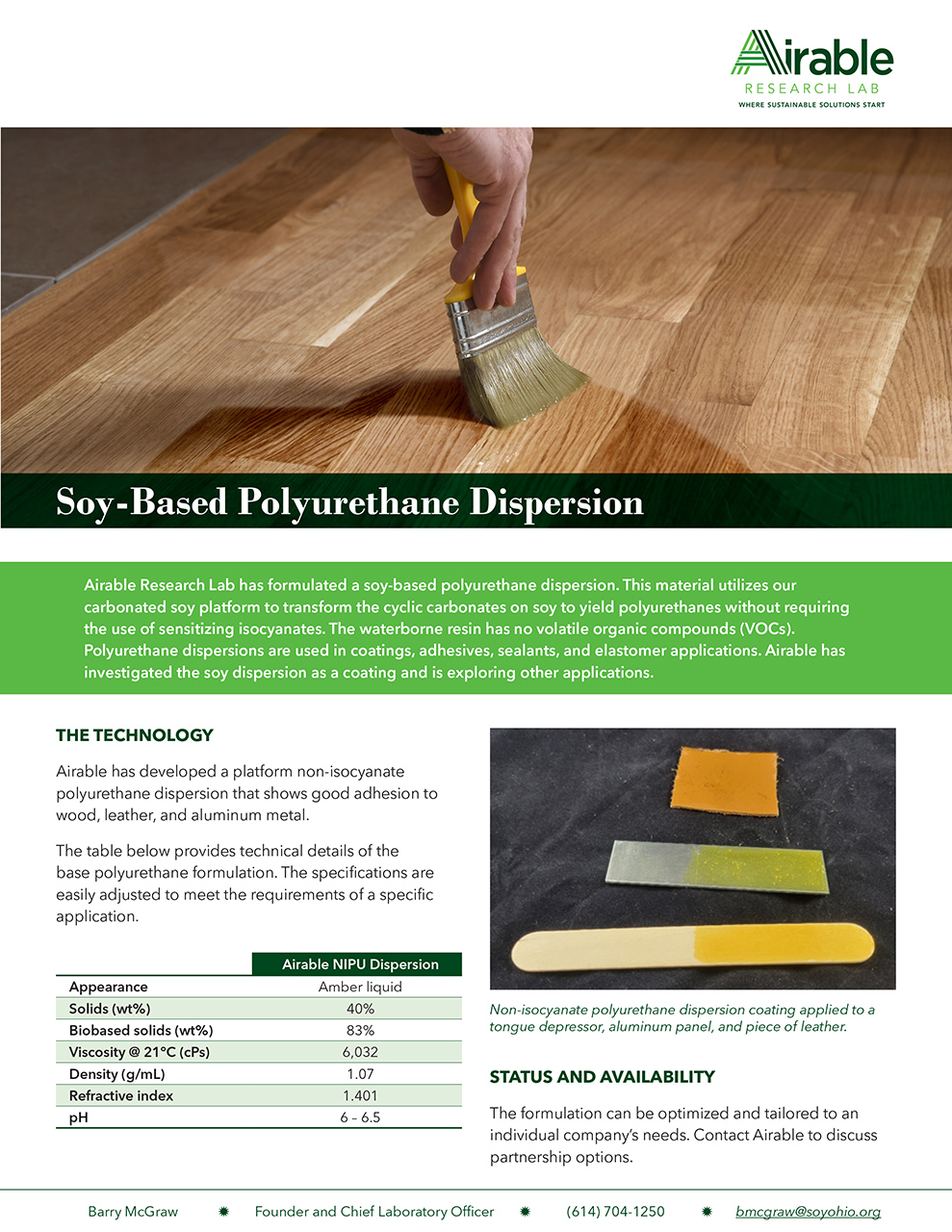

Soy-Based Polyurethane Dispersion
Innovative Products and Technologies Airable Research Lab, business line of Ohio Soybean Council

Software system for analysis and heuristic optimization for the design of wind farms
Innovative Products and Technologies Universidad de Alcalá-OTRI

Soy - Based Leather Conditioner
Innovative Products and Technologies Airable Research Lab, business line of Ohio Soybean Council

New orthotic glove designed to amplify hand strength
Patents for licensing Universitat Politècnica de Catalunya - UPC![RNA Targeted Library for post transcriptional gene regulation researches, anticancer, antiviral and antibacterial drug discovery […]](https://static1.innoget.com/uploads//a00f99d109d7028322bc0729ae707cb3e8afc5ec.jpg)

RNA Targeted Library for post transcriptional gene regulation researches, anticancer, antiviral and antibacterial drug discovery […]
Research Services and Capabilities Otava Research Institute![Adaptation of a learning platform to the personal needs of the student. Improvement of the accessibility for disabled people in on[…]](https://static8.innoget.com/uploads//c2c215c5fda2deea8944b539c5d92e14b12eb517.jpg)

Adaptation of a learning platform to the personal needs of the student. Improvement of the accessibility for disabled people in on[…]
Patents for licensing Universidad de Alcalá-OTRI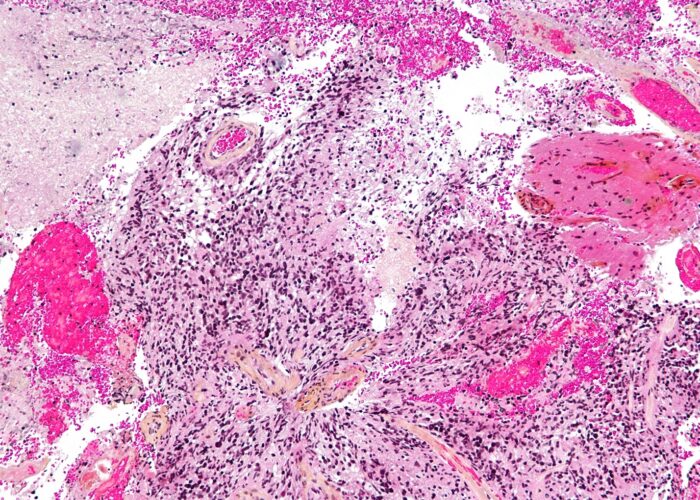

COMPOSITION FOR USE IN THE TREATMENT OF GLIOMA AND GLIOMA-INDUCED EPILEPSY
Patents for licensing SISSA

A new super-effective active substance against serious and incurable diseases.
Innovative Products and Technologies JSC Margali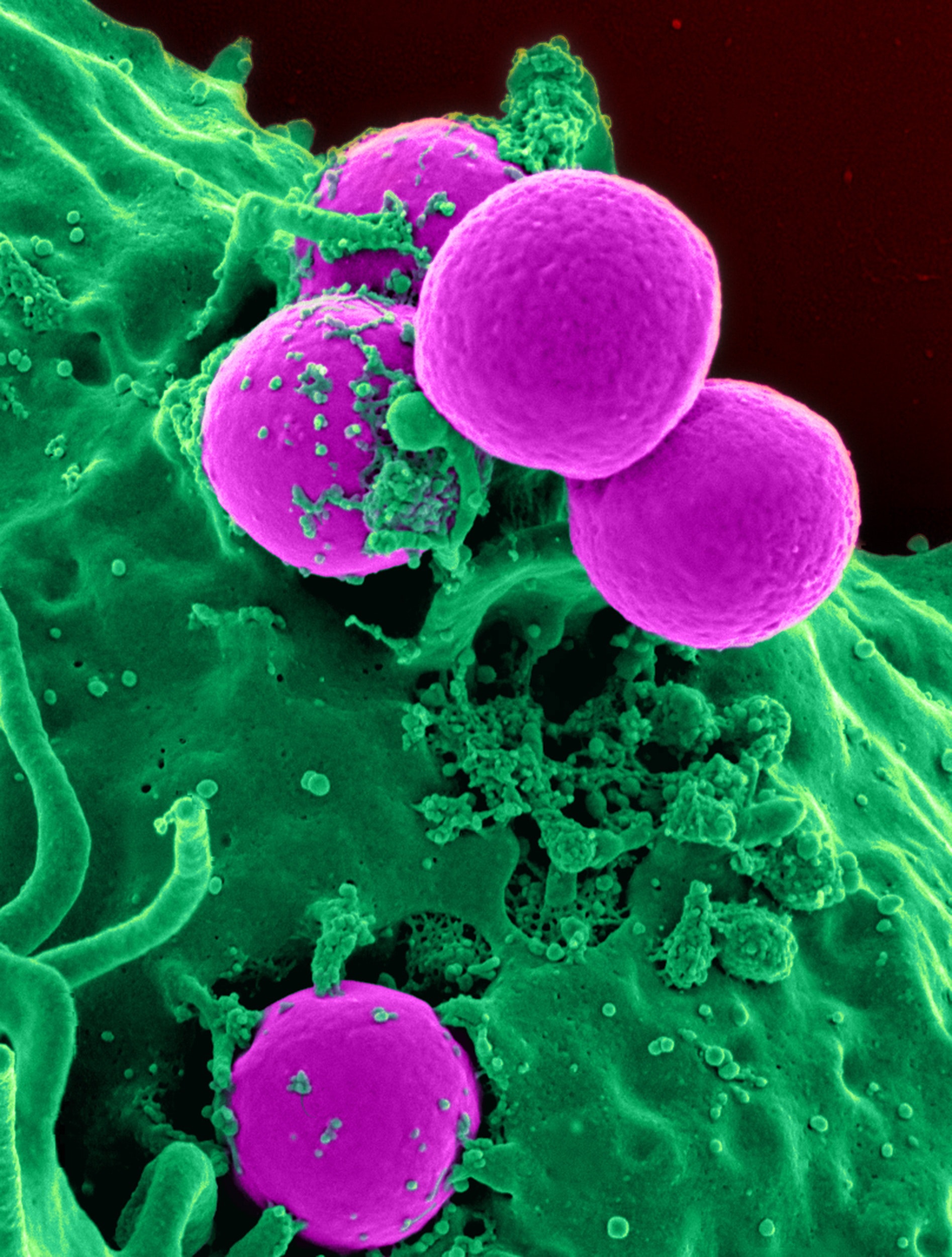

Device for measuring ATP release from red blood cells
Patents for licensing Jagiellonian University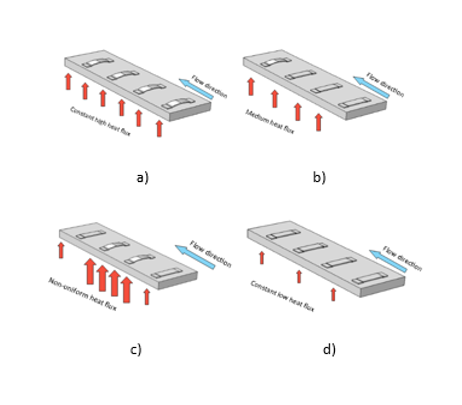

Self-regulated heat sink device for uniform temperature distribution
Patents for licensing Universitat de Lleida

REAL-TIME ANOMALY DETECTION OF LARGE, DENSE CROWD BEHAVIOR, FROM VIDEO AND MULTI-SENSOR INFORMATION
Innovative Products and Technologies Northeastern University's Center for Research Innovation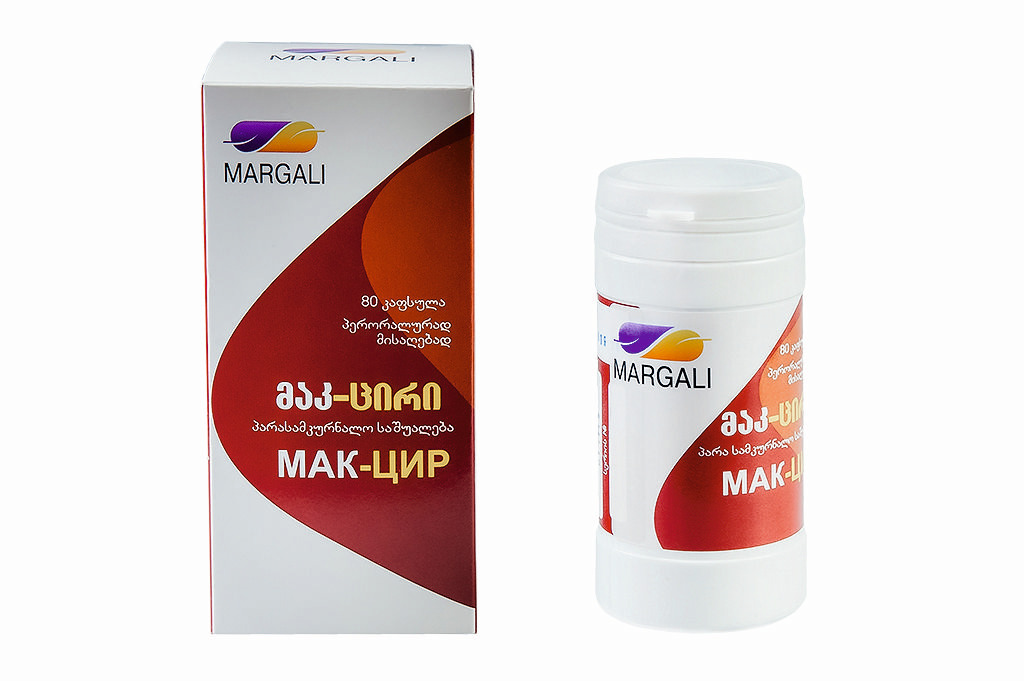

A new drug for the effective treatment of hepatitis (В С D) and liver cirrhosis of any etiology
Innovative Products and Technologies JSC Margali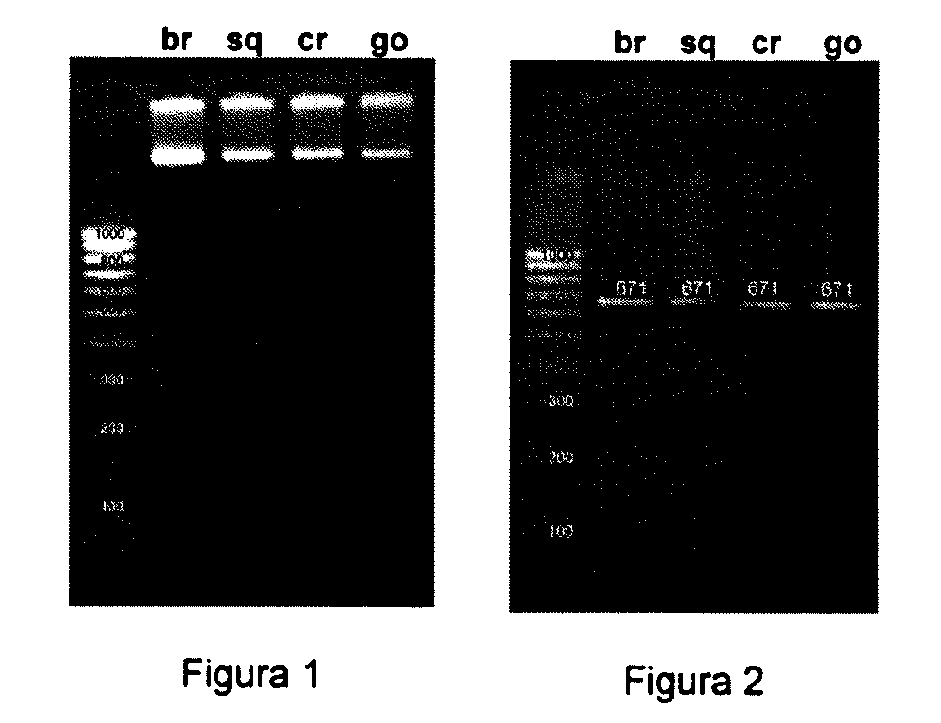

Procedure for the genetic identification of the european centolla del atlantico (maja brachydactyla)
Patents for licensing CINBIO

A system for Red Seaweed culture
Patents for licensing Universidad Andres Bello